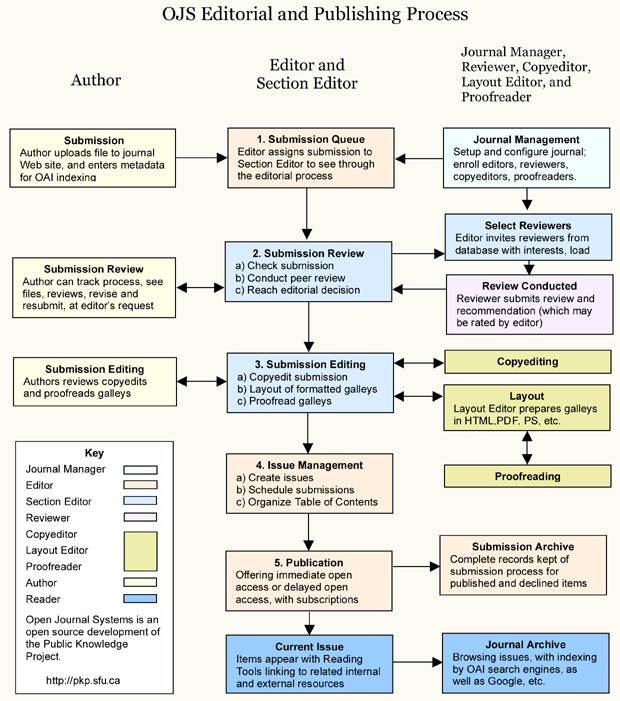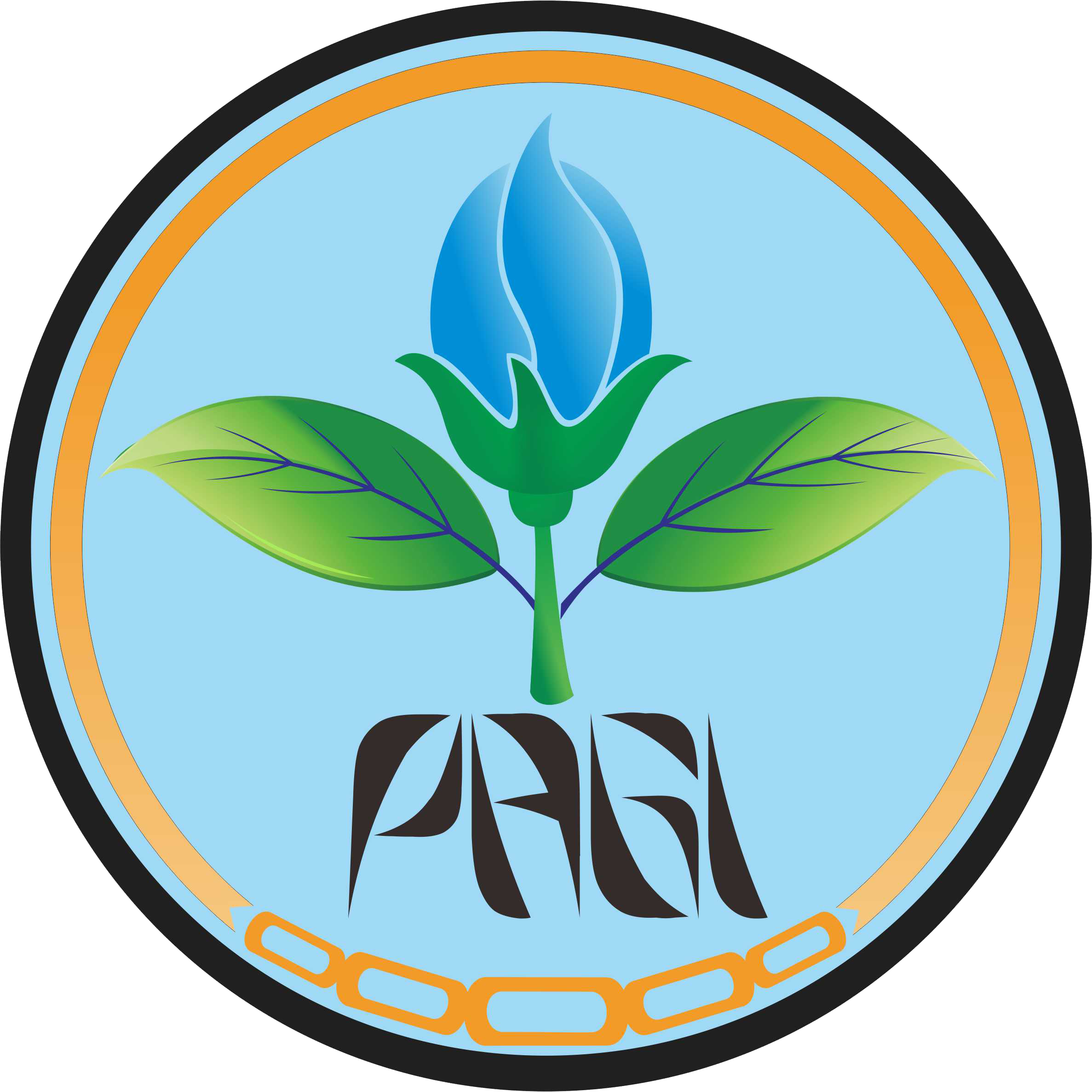Online Submissions
Registration and login are required to submit items online and to check the status of current submissions.
Already have a Username/Password for Agrotechnology Research Journal?
Go to Login Start New SubmissionNeed a Username/Password?
Go to RegistrationSubmission Preparation Checklist
As part of the submission process, authors are required to check off their submission's compliance with all of the following items, and submissions may be returned to authors that do not adhere to these guidelines.
- The submission has not been previously published, nor is it before another journal for consideration (or an explanation has been provided in Comments to the Editor).
- The submission file is in OpenOffice, Microsoft Word or RTF document file format.
- Where available, URLs for the references have been provided.
- The text adheres to the stylistic and bibliographic requirements outlined in the Author Guidelines above.
Copyright Notice
Authors who publish with this journal agree to the following term:
Upon acceptance of an article, authors will be asked to complete a ‘Author Declaration' (see more information on this below).
An e-mail will be sent to the corresponding author confirming receipt of the manuscript together with a 'Author Declaration' form or a link to the online version of this agreement.
This is an open-access journal in accordance with the Creative Commons Attribution-ShareAlike 4.0 International (CC BY-SA 4.0) license. This permits users to:
- Share — copy and redistribute the material in any medium or format
- Adapt — remix, transform, and build upon the material for any purpose, even commercially.
Under the following terms:
Attribution — You must give appropriate credit, provide a link to the license, and indicate if changes were made. You may do so in any reasonable manner, but not in any way that suggests the licensor endorses you or your use.
ShareAlike — If you remix, transform, or build upon the material, you must distribute your contributions under the same license as the original.
- No additional restrictions — You may not apply legal terms or technological measures that legally restrict others from doing anything the license permits.
The Authors submitting a manuscript do so on the understanding that if accepted for publication, the article's copyright shall be transferred to Agrotechnology Research Journal.

This work is licensed under a Creative Commons Attribution-ShareAlike 4.0 International License.
Publishing Ethical Statement and Copyright Transfer Agreement
To expedite the editing and publishing process and enable Agrotechnology Research Journal to disseminate your contribution fully, we need to have this Copyright Transfer Agreement executed. Agrotechnology Research Journal requires a formal written transfer agreement from the author(s) for each article published. Therefore, we ask you to complete and return this form and retain a copy for your records. Delay in returning this form will result in a delay in the publication process. Your cooperation is essential and very much appreciated. Below are the written statements required for the publication process.
The Author(s) hereby pledge and declare to the following:
1. This manuscript is original, has NOT been published before, and is currently considered for publication elsewhere. During the peer review process by this journal, it will not be withdrawn and sent to other journals to be assessed.
2. I/We would like to improve the manuscript that has been assessed and not withdrawn unilaterally without informing the editors, especially if the manuscript is in the peer review process.
3. I/We affirm that the manuscript does not violate the intellectual property rights of any third party. I agree to indemnify and hold the Agrotechnology Research Journal harmless regarding any claim on account of violation of intellectual property rights.
4. I/We hereby confirm the transfer of all copyrights in and relating to the manuscript mentioned earlier, in all forms and media, now or hereafter known, to Agrotechnology Research Journal, effective from the date stated below. I/We acknowledge that the Agrotechnology Research Journal relies on this agreement to publish the manuscript mentioned earlier. However, this agreement will be null and void if the manuscript is not published in the Agrotechnology Research Journal.
The Author(s) hereby represent and warrant that they are the sole author(s) of the work, that all author(s) have participated in and agree with the content and conclusions of the work, and have also noticed the above provisions.
The Publishing Ethical Statement and Copyright Transfer Agreement can be downloaded here.
About this Publishing System
This journal uses Open Journal Systems 2.4.7.1, which is open source journal management and publishing software developed, supported, and freely distributed by the Public Knowledge Project under the GNU General Public License.







